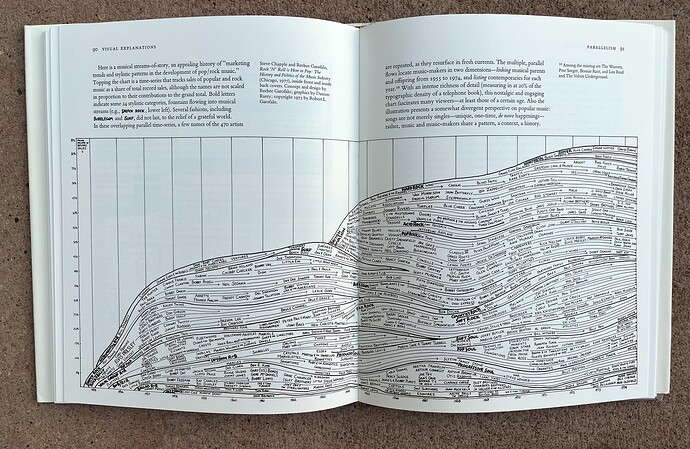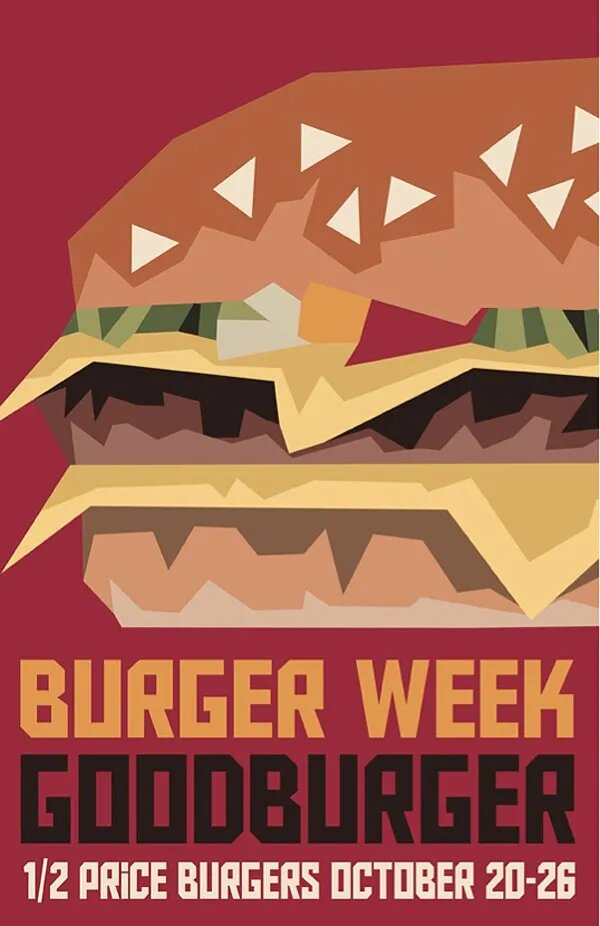Some of the items in your list might be described as movements. Still, others — especially those that predate the 20th Century — might be better described as seminal moments or occurrences that had consequences related to the eventual development of graphic design.
Many items you listed in the 1900s have more to do with Western art history than graphic design. I’m not sure Cubism or Surrealism have direct connections to graphic design. The rise of advertising as an industry or the development of offset lithography, digital printing, desktop publishing, or the internet would be considerably more important.
The term graphic design didn’t exist before the 1920s and wasn’t widely used until the mid-20th Century. From prehistoric times onward, people have attempted to make graphic objects more beautiful, decorative, and functional. However, anything resembling today’s graphic design didn’t exist as a discipline until the convergence of modern printing technologies and commerce created a business need for it.
I’m not sure there’s any cohesive continuity in the development of graphic design before the late 1800s or, at the earliest, the latter part of the industrial revolution. Before then, anything resembling graphic design might be better described as decoration or aesthetic enhancements that emerged from cultural influences or technological changes.
If it were me, I wouldn’t focus on graphic design movements. The essence of graphic design is employing different forms of visual communication to achieve predetermined goals. Movements conjure up late 19th and 20th Century Western fine arts instead of design.
Stylistic changes have certainly occurred in graphic design, but most were spawned by technological changes that made possible what was previously prohibitively difficult or not cost-effective.
Establishing a linear connection in graphic design from pre-history to today is far too broad of a task. There are too many disjointed pieces and interwoven connections to make it practical.
Instead, I would concentrate on some of those pieces. For example, Grunge might qualify as a graphic design movement from the late 1980s and early 1990s. However, Grunge was a broader movement than graphic design; it also involved music and fashion. Like many 20th Century art movements, its roots were in a counter-culture philosophy that can be traced back to Dada. In addition, Grunge was made possible in graphic design by the possibilities that came about using computers and desktop publishing.
Another example might be the Swiss style you listed, which had its roots in the Bauhaus and gradually became known as the International Style. This style has become so ubiquitous worldwide that it’s often not recognized as a style and simply regarded as the way things look — especially in graphic design, architecture, and industrial design.
Switching subjects just a little, have you encountered the following graphic from Edward Tuffe’s book, Visual Explanations? It’s a graphic that attempts to establish all the stylistic connections between well-known rock ‘n’ roll bands from 1954 to 1975.
Tracing the development of graphic design during this period might be similarly complex. Doing so from pre-history to the present would be far more difficult and complicated.


